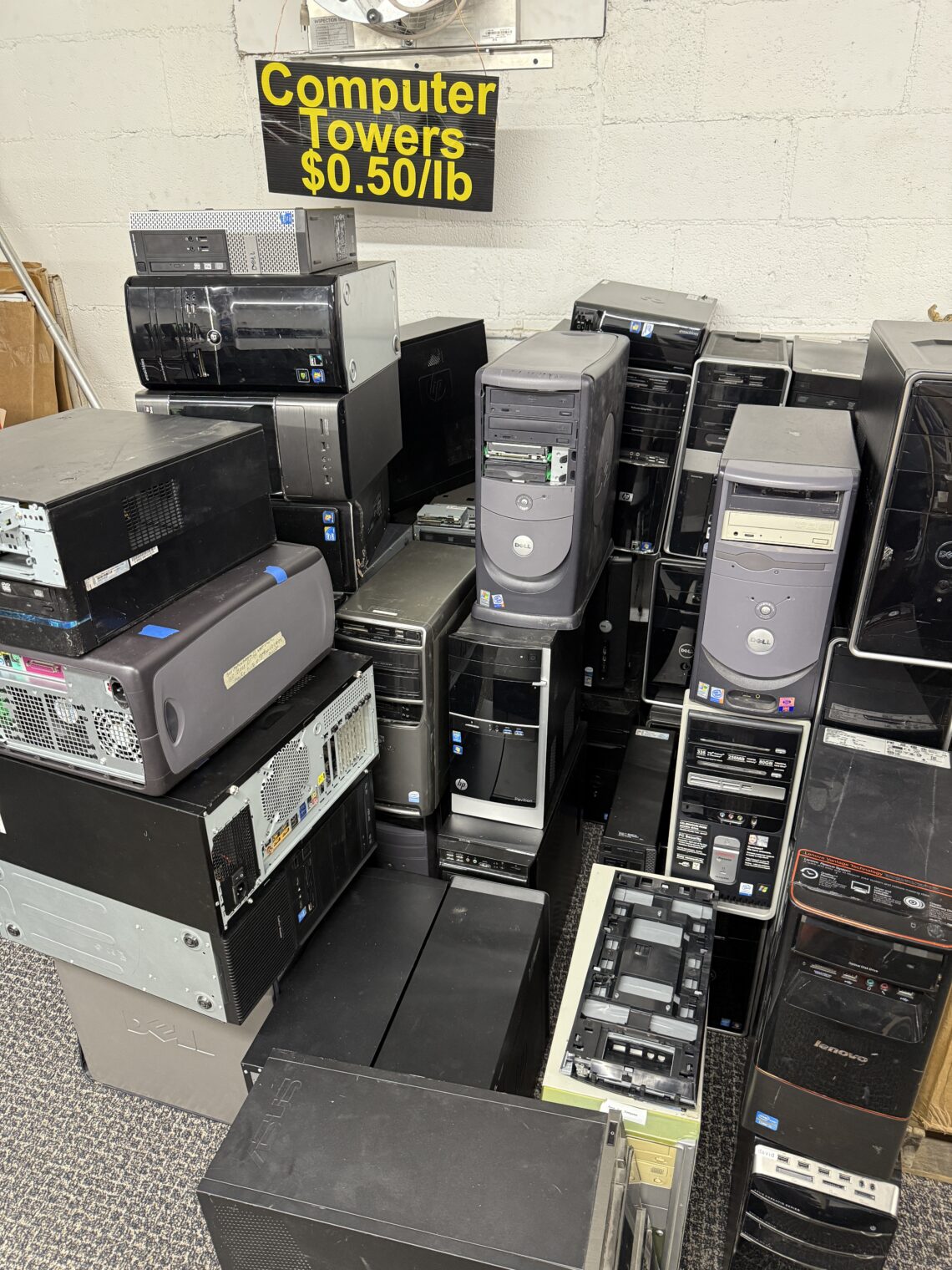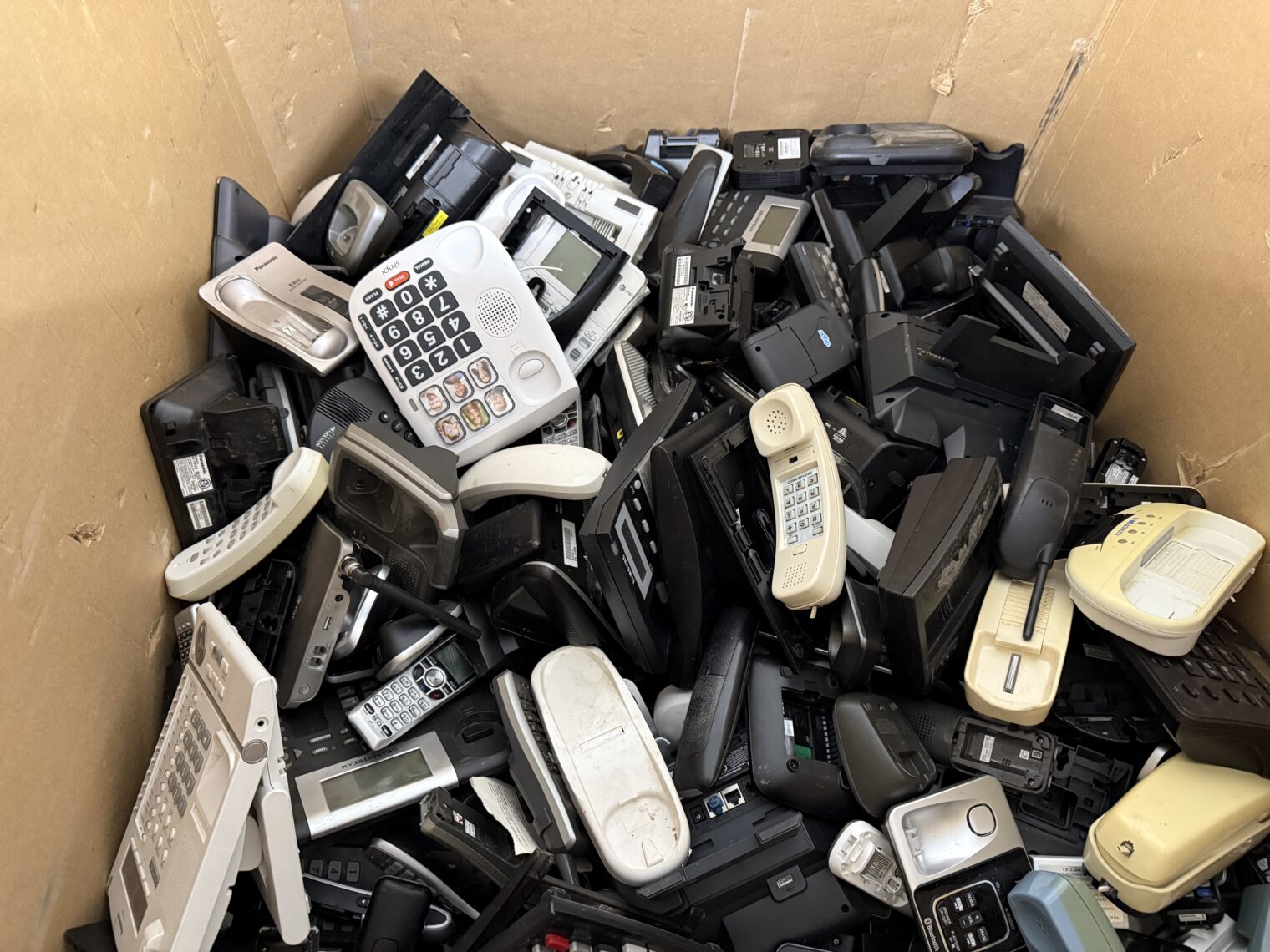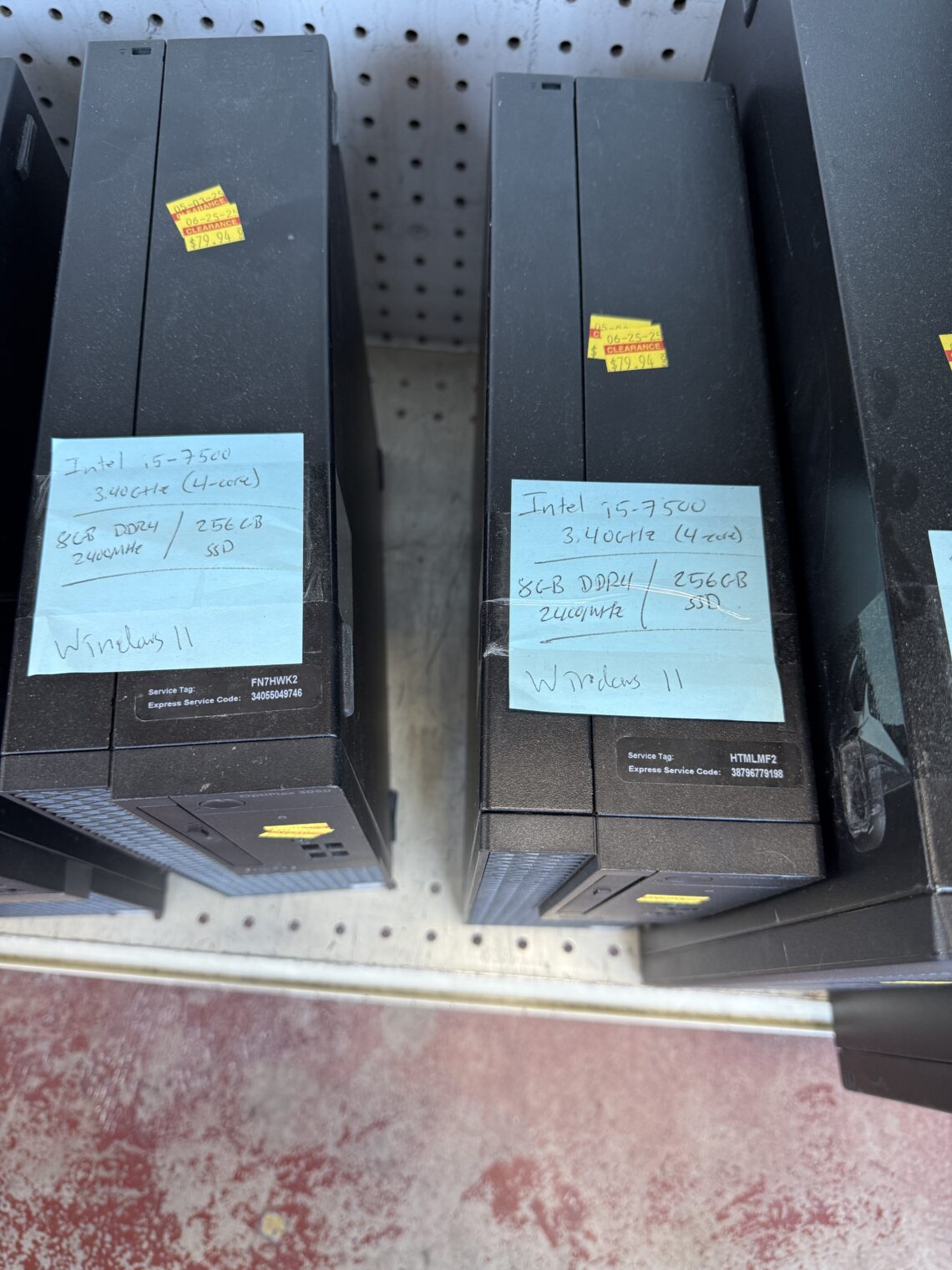Here’s my January 11, 2017 order for a Dell laptop computer with OLED screen:
The machine supports Trusted Platform Module 2.0, but the CPU per se isn’t supported by Microsoft for Windows 11. I had hoped to repurpose this machine as a digital photo organizer for the kids, but Windows 10 security updates will end later this year so that’s infeasible.
Is the de-supporting of Windows 10 going to be the largest e-waste event in the history of humanity? What’s Greta Thunberg going to say about this? (Maybe after shouting “Free free Palestine” she would say “Install Linux”?)
This raises a question… what is a good system for kids to use to organize photos taken with a modern camera? My preference is for the organizer to run locally with the photos stored on the laptop’s SSD with a cloud backup (maybe just Microsoft OneDrive if we stay with Windows) rather than sign them up for life to pay huge fees every month for cloud photo storage.
Could ACDSee be the modern answer to what we lost when Google discontinued (and failed to open source) Picasa? Or is the built-in Windows 11 Photos app sufficient? ChatGPT says that MacOS has a better photos app:
Maybe the kids are young enough to master ChromeOS (for skool), MacOS, and eventually Windows? I don’t love the idea of having to learn enough about MacOS to support their efforts, but it does seem that Apple is more serious about this challenge. Windows 11 runs like a pig on my three-year-old laptop, which cost $1700 and has 16 GB of RAM. I can’t figure out if it is Dropbox, Box, OneDrive, or the Microsoft Photos app that is causing the problem (if I do an “End Task” on Photos the machine seems to come out of its sluggish state).
Speaking of avoiding e-waste, Boise, Idaho offers an awesome model for other cities: Reuseum. In addition to classes for kids, they offer refurbished Windows 11 machines at low prices, e.g., these machines that could use more RAM for $80:
Plus if you want to make a sculpture out of old PCs and telephones you can buy them by the pound:






I’d say Linux too (for older equipment), but Windows 11 doesn’t like my modern, tower PC either (also related to CPU). For photos, I sometimes use https://www.digikam.org/, and it “mostly works”, but there’s also this, that I have not tried that you may find useful: https://imageranger.com/ [In the old days, I also appreciated Picasa for casual photos and Lightroom (which I still use) for pro/semi-pro use.]
Might consider linux or ChromeOS Flex for the 2017 laptop. I’m told ChromeOS has deep penetration in the juicy educational realm.
(I’m not seeing any specs showing the 9365 as an OLED, but for $2.5k I’ll bet it’s a nice machine, even by today’s standards. Well, other than the battery, but I’ll bet that can be replaced.)
Just bought a mint dell latitude 7420 for $300 on the ebay. 16 GB RAM. 512 GB SSD. Touchscreen. Win 10 with an option to upgrade to 11.
As to kids and technology — show them the basics and then watch them surpass our old calcified ways with innovation — or let them grow soft relying on the services of others. I think linus torvalds started because his mom was too cheap to buy windows.
Looks like everyone’s running it in a virtual machine nowadays to get around the hardware requirements. Since everything now requires GPU passthrough, they’re using QEMU.
Why bother with manually organizing photos? Just feed your photo library to your favourite AI, then have AI organize them for you. Or just prompt AI to find photos when you want them later. Or why bother with photos at all, when AI can generate whatever images you want (“hey grok, create photos of our family vacationing in Paris”).
Someone must quickly alert Greta Thunberg about how much energy AI consumes. I wonder what she would do!
You can watch the full 7-minute video, or skip directly to the relevant part using the link below.
In summary, generating an 8-second video with AI consumes as much energy as powering a home for three and a half days.
So we should be buying stock in electricity infrastructure companies? Transformers, transformer metal, …
@Mitch, invest in companies that keep data centers running by providing them electrical power. Of course, I have been wrong far more often than I have been right.
https://youtu.be/SpMIs6AnUW8?t=594
Relevant to eking out additional life from Windows 10:
https://news.ycombinator.com/item?id=44379620#44380187
tldr: “You can in-place upgrade to the IoT LTSC edition using MAS, which is supported through 2031”
CDW has Windows 10 IoT Enterprise 2021 LTSC license for $110
I have been on the photo organizing bandwagon for a while now. Here is a summary write-up of solutions if you are allowed to have a subscription: https://jjdonovan.medium.com/organizing-photos-with-google-photos-507406cf5d04
Given the inflationary times we live in, I had to abandon my Google Subscription and am now using QUMagie that runs on a QNAP NAS. The interface is almost identical to Google Photos. Getting the kids a NAS will allow them to learn containers and combine this with a Cloudflare tunnel the kids will learn either A)How to protect the network from intruders or B)How to respond to a network intrusion if they fail to configure the Cloudflare tunnel successfully. Now they have a local photo database and can expose the Greenspun network to the World Wide Web!
While I am also a MAC “Customer”, I believe the Mac storage for iPhoto of one BIG database is eventually ripe for corruption. While it is difficult to confirm the maximum database size of Apple photos, cursory searches indicate that it can be quite large. Furthermore, Apple does not support network attached storage and obtaining a local disk drive for TB’s of photos could be prohibitive as opposed to sharing a Network Attached Storage solution.
Thanks, JJ, for the Google Photos write-up. I don’t trust Google Photos to last our kids’ lifetimes given that Google trashed Picasa when it no longer suited them.
(I also question “an unprecedented health pandemic called the Coronavirus”. There were plenty of pandemics prior to the COVID-19 pandemic and the loss of life-years from disease was far higher in most of those pandemics (due to the younger age of the victims). What was different about coronapanic was government realizing that it could lock down the peasants, close the kids’ schools, etc. So it was “an unprecedented period of government control” perhaps, but there wasn’t anything unprecedented about the respiratory virus itself or the deaths that it caused.)
I don’t think I’ll ever understand how masks aroused and continue to arouse such ire and conspiracy theories while the Patriot Act, body scanners, ubiquitous facial recognition, revoking citizenship(!), etc. just skate on by like the gorilla in the basketball passing contest
Randall: That’s a great point. The surveillance state can be ignored, though, as you point out (like the gorilla!). I don’t think I’m guilty of that, though. I have consistently advocated here on this blog for the government to use its new awesome police state powers to implement alcohol prohibition. (Now that more cities and states are going Islamic we need alcohol prohibition more than ever in order to properly welcome New Americans!)
It is tough to ignore paying taxes for public schools and having your kids at home for 18 months! Also tough to ignore a mandatory rag on your face! But maybe these were more noticeable because they didn’t happen gradually.
People can get used to anything if it happens gradually. Californians don’t demand congestion pricing on their roads because they gradually got used to the idea that it might take 3 hours to go 30 miles on a superhighway. Men who once enjoyed sex and are now in sexless marriages don’t avail themselves of our no-fault divorce laws because the reduction in sexual activity happened over a few years.
https://www.psychologytoday.com/us/blog/cultural-animal/202201/how-sexual-desire-changes-after-marriage
What’s more, we found that marital satisfaction for both husband and wife deteriorated in step with the wife’s loss of sexual desire. (The husband’s sexual desire was irrelevant to anybody’s marital happiness.) Might wives lose sexual desire because the marriage is turning bad? No: Time-lag analyses indicated that her loss of desire came first, leading to lower satisfaction later. Early levels of (dis)satisfaction did not predict how rapidly the wives lost interest in sex. … Crucially, it was not due to childbirth. Becoming parents made the mismatch worse, as in steeper declines in wives’ sexual desire. … A possible explanation that fits our data is that female sexual desire increases during the brief phase of passionate love. Nature may have arranged that as a way of encouraging the man to make a long-term commitment.
I’ve found Adobe Bridge very capable and I’ve used it for many years.
Pros:
– Free even with a subscription-less Adobe account
– Stores metadata in JPEG exif data and sidecar files for RAW/DNG (i.e. no proprietary database lockin). I’ve written my own DB-backed website for sharing the photos (probably due to your articles years and years ago) where I extract the data in these fields.
– More fields to store specific cataloguing data that you’ll ever need
– Easy to batch apply data to multiple photos at once
– Good search and filter
– Pro level system for managing huge amounts of media (not just photos)
– Runs very fast on even decades-old hardware.
Cons:
– Requires an Adobe account, even though it doesn’t have to be paid
– Reliant on Adobe to continue to be free
– For best metadata compatibility, careful selection of meta fields is required (so the data appears in Windows /Mac/etc file managers – which nobody seems to be able to agree on, either)
– Adobe Camera Raw for lossless edits is available only with a paid subscription. I make do with the minimum for just Photoshop. Depends if $10/mo is worth it for the kids, and where Adobe’ll take it in the future. ACR is terrific and I find if far easier than Photoshop for quickly adjusting images to suit my tastes (and in bulk as well)
– Windows and Mac-only, in case you’re considering Linux.
Adobe Bridge is free?!?! I am shocked.
I left Microsoft(R) Windows(R) for Linux when XP went EOL and am extremely happy with that decision.
If you have not already read about it and don’t mind self-hosting:
https://immich.app/
I have not personally used it since I don’t take photos much, but I have read good things about it. FOSDEM ‘lightening’ (short) talk (haven’t seen this myself as well):